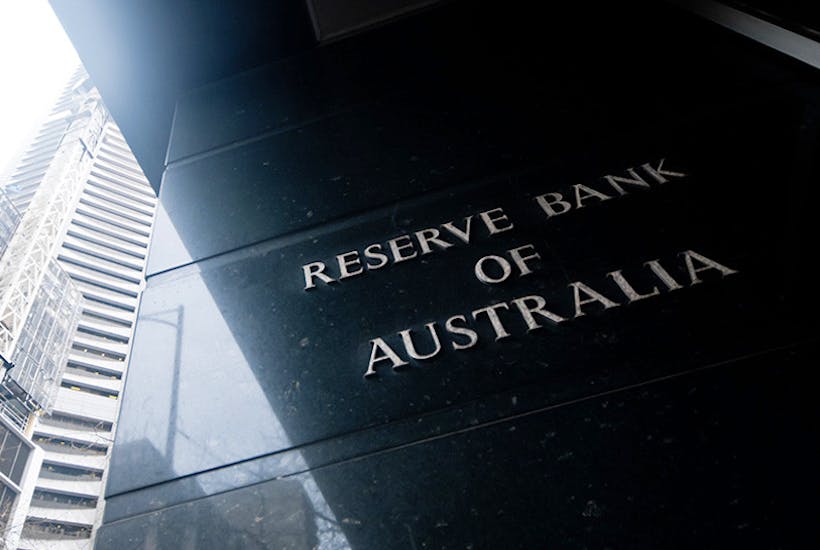A small war has broken out amongst some economics on the topic of whether Australia’s central bank has performed well over decades and, specifically, whether it has outperformed other central banks.
The trigger for this debate is the Albanese government review into the RBA’s mandate and operations which was released publicly in early May.
Already a subscriber? Log in
Subscribe for just $2 a week
Try a month of The Spectator Australia absolutely free and without commitment. Not only that but – if you choose to continue – you’ll pay just $2 a week for your first year.
- Unlimited access to spectator.com.au and app
- The weekly edition on the Spectator Australia app
- Spectator podcasts and newsletters
- Full access to spectator.co.uk
Or


























Comments
Don't miss out
Join the conversation with other Spectator Australia readers. Subscribe to leave a comment.
SUBSCRIBEAlready a subscriber? Log in